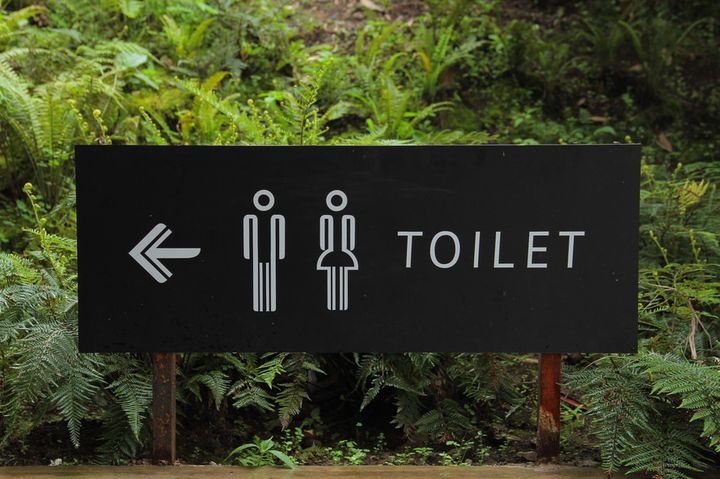
Smart phones, smart TVs, smart cars – are you ready for smart toilets? Maybe you've already sat on one yourself, but if you haven't yet you may have a chance in the next few years.
Electronic toilets, laden with neat features, are already available, even if they're not very popular. But those futuristic thrones aren't the most interesting or groundbreaking when it comes to recent toilet innovations, and they won't affect people nearly as much as the real subject here.
More than 2.5 billion people around the world lack access to affordable or adequate sewer systems, leading to the deaths of millions each year from disease. In 2011, the Bill and Melinda Gates Foundation announced the Reinvent the Toilet Challenge (RTTC), a contest to develop a more efficient and sustainable toilet.
They set out some pretty tough standards, which would result in a very different kind of toilet. It needed to remove germs from human waste and recover valuable resources (like nutrients and clean water), operate off the grid, and be feasible for both developed and developing nations. All at a cost of just 5 cents per day. It may sound a bit strange or funny, but a toilet like this could actually save lives.
Much like the challenges hosted here at HeroX, the RTTC offered a large prize for this modern toilet design, and teams around the world competed to win.
Caltech's Solar-Powered Toilet
The winner of the $100,000 grand prize was a solar-powered toilet, created by a team at Caltech (the California Institute of Technology). To meet the requirements above, their toilet would use solar power to run an electrochemical reactor. The reactor breaks down water and waste into fertilizer and hydrogen.
The treated water can be reused to flush the toilet or for irrigation, and the hydrogen can be stored in hydrogen fuel cells as energy. This means the toilet can be used during the day, on solar power, and at night, on hydrogen fuel cells.
It's actually much more complicated than that. You can see the team give a guided walkthrough of their super-smart toilet, explaining the hydraulic system and the disinfecting process.
Caltech's toilet, along with the other finalist entries, was demoed at the Reinvent the Toilet Fair in Seattle, Washington, in 2012. Second place was Loughborough University in the UK, for a toilet that produces clean water, minerals, and biological charcoal. Third place was the University of Toronto in Canada, for a toilet that recovers resources and clean water from waste.
Not Done Yet – Caltech's Still Innovating
Caltech's toilet sounds great, right? But what happens when it breaks? Well, when a prototype toilet breaks, you need a prototype developer to fix it.
The team at Caltech has been field-testing their toilet in India and China (and eventually South Africa), in university and public park settings. When any part of a test toilet breaks, someone on the team has to fly out to fix it. This happens about once every 6 months, and it's obviously not a very good solution.
Instead, the group plans to spread the knowledge. “We wanted to empower local communities in the developing world to be able to repair their own sanitation technologies - to find some way to turn essentially anyone into a maintenance engineer,” said Cody Finke, a graduate student and member of the Caltech toilet team.
Their answer was simple but powerful, taking advantage of the fact that most people in the world, even those in developing countries, have access to a mobile phone. Sensors can be embedded within these smart toilets, which would be able to detect when they fail, and how. A message could by sent by text or audio to the mobile phone of a trained engineer, giving them an update on the status of the toilet.
Not only that, when the technician gets to the toilet they'll be able to use a video display to see step-by-step instructions on how to make the repairs correctly. But does it still sound like a tough job to repair such a futuristic toilet? They actually make it sound easier than a typical toilet today.
“The cool thing about our technology is we've designed it so everything can be repaired with just a single screwdriver,” Finke said. “The parts can simply be replaced.”
The Caltech team will soon be testing out their new monitoring system, installing sensors in their prototype toilets. Their innovations, bringing modern standards of efficiency to bear on an ancient problem, show great promise to change the lives of millions of people who need access to clean sanitation.
Are you an engineer looking to make a difference? Then check out the Sustainable Drop Challenge to create more efficient and sustainable fluid dynamic systems, which would perform better for a longer period of time while using fewer resources. They're waiting for your innovations!








